भिन्न का आकलन करें। मान्यता प्राप्त निर्माताओं और वितरकों से सभी प्रकार के परीक्षणों और प्रयोगों के लिए प्लास्टिक कटलरी स्पोर्र्क उपकरण और सामग्री। ये आइटम और डिवाइस सभी सीखने के स्तर के लिए उपलब्ध हैं और आम तौर पर इकट्ठा और उपयोग करना आसान है। उपयोगकर्ता माप उपकरण, प्रकाशिकी, ध्वनि और तरंगें, चुंबकीय उपकरण और विद्युत उपकरण जैसे श्रेणियां पा सकते हैं। के लिए अधिकांश किट। प्लास्टिक कटलरी स्पोर्र्क प्रयोगशालाएं शैक्षणिक और उद्योग मानकों को पूरा करती हैं और सार्वभौमिक रूप से सत्यापन योग्य हैं।
शैक्षिक उपकरण अतिरिक्त शोध के साथ मदद करता है जिससे क्षेत्र में खोज हो सकती है विज्ञान। माप संतुलन और बड़े पैमाने पर सेट सटीकता के लिए डिज़ाइन किए गए और संचालित किए जाते हैं, और वे बाहरी और पर्यावरणीय कारकों से विश्वसनीय सुरक्षा के लिए बाड़ों में आ सकते हैं। द। प्लास्टिक कटलरी स्पोर्र्क उपकरण और सामग्री दुनिया जैसी स्थितियों के अनुकरण के लिए छोटे और बड़े आकार में उपलब्ध हैं। इनमें तराजू, लेंस, पोटेंशियोमीटर, माइक्रोस्कोप और इलेक्ट्रोमैग्नेट से लेकर सरल और परिष्कृत उपकरण भी शामिल हैं।
सुविधा के लिए उपकरण और सहायक उपकरण। प्लास्टिक कटलरी स्पोर्र्क परीक्षण और प्रयोग जैसे कि एल ई डी और बैटरी भी उपलब्ध हैं। इन आसान प्रकार के उपकरणों को खोजें और प्रयोगशाला में छात्रों के साथ एक आसान समय रखें। उपकरण के लिए खरीदारी करते समय विचार करने के लिए आवश्यक कारकों में इच्छित फ़ंक्शन, अंशांकन, बिजली की आवश्यकताएं, और लागत शामिल हैं।
तुलना करें। प्लास्टिक कटलरी स्पोर्र्क विकल्प और विश्वसनीय वितरकों से विशेष ऑफ़र ये वस्तुएं अलग-अलग उम्र के शिक्षार्थियों के लिए प्रयोगशाला प्रयोगों को आसान और कम समय लेने वाली बनाती हैं। आदेश और आफ़्टरसेल्स समर्थन सेवाओं के लिए अनुकूलन भी उपलब्ध हैं।


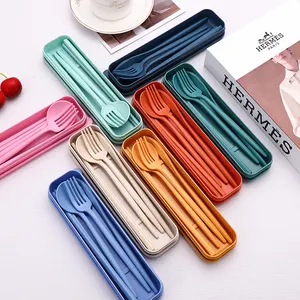



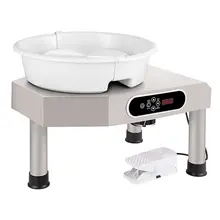

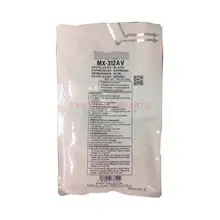
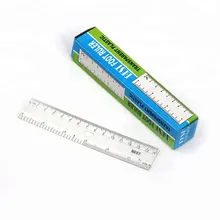




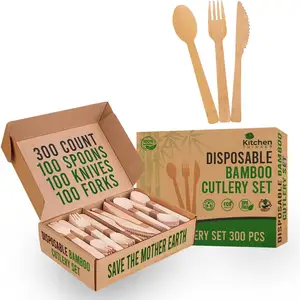
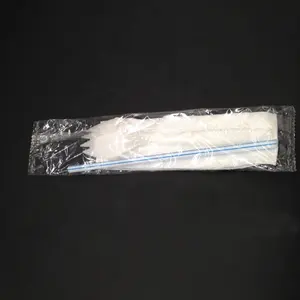
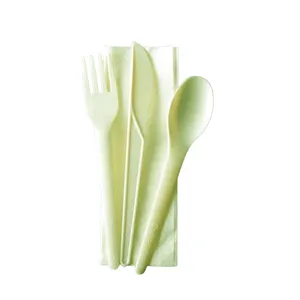

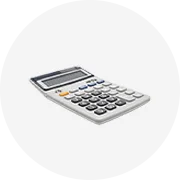


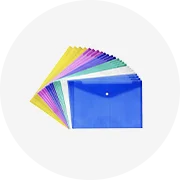



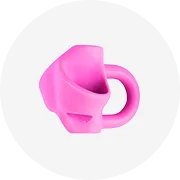

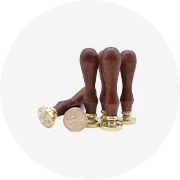


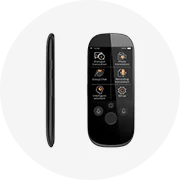











 浙公网安备 33010002000092号
浙公网安备 33010002000092号 浙B2-20120091-4
浙B2-20120091-4